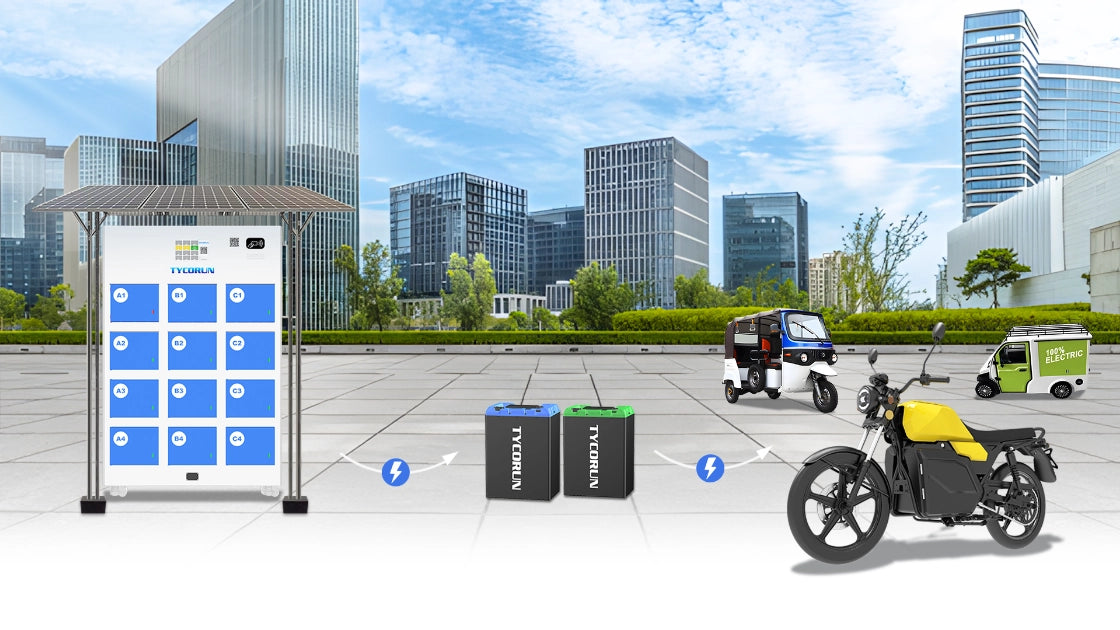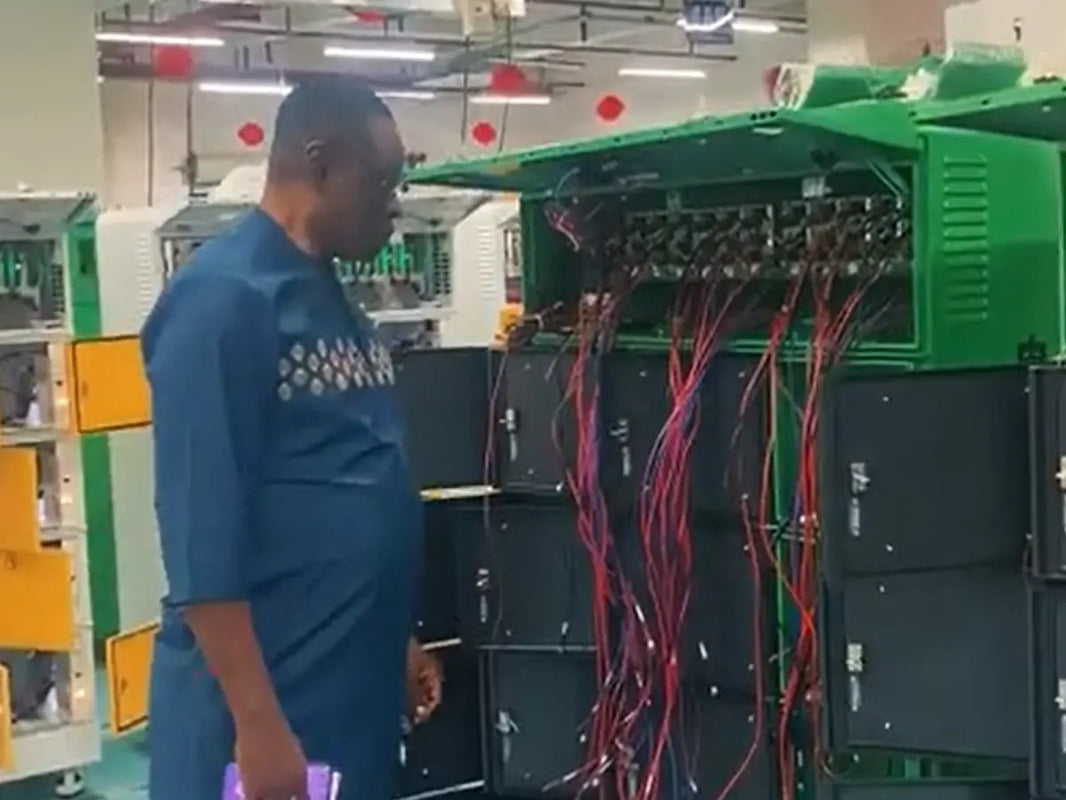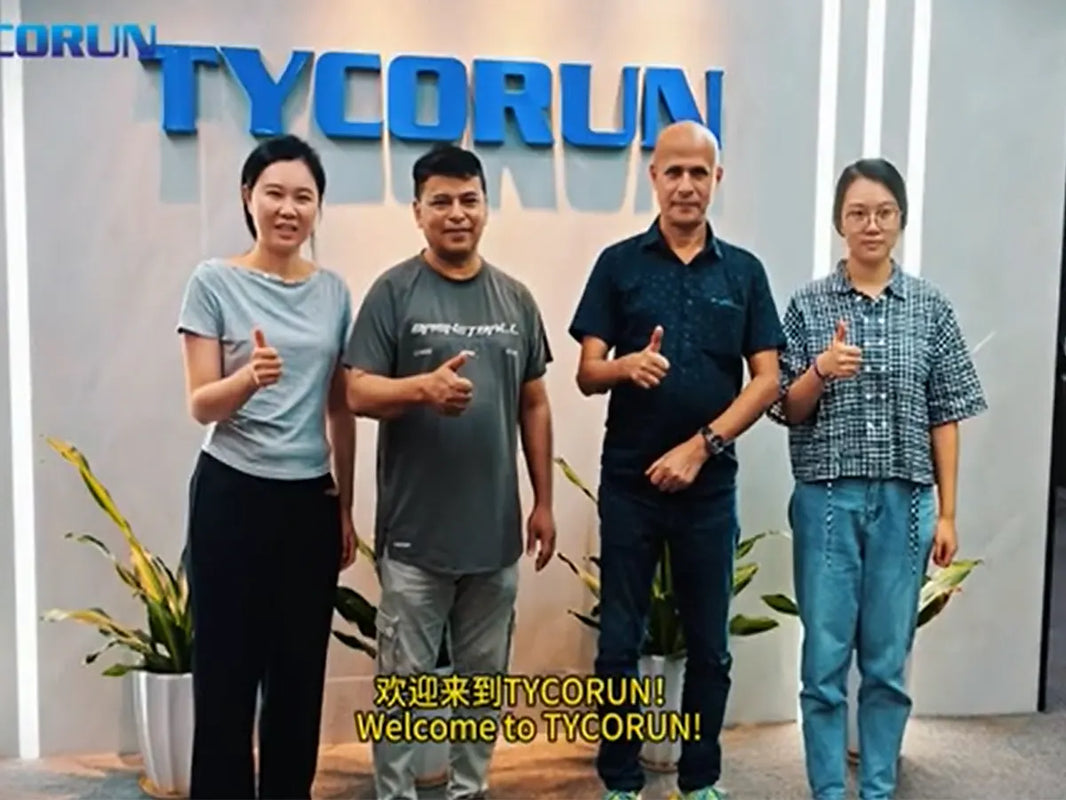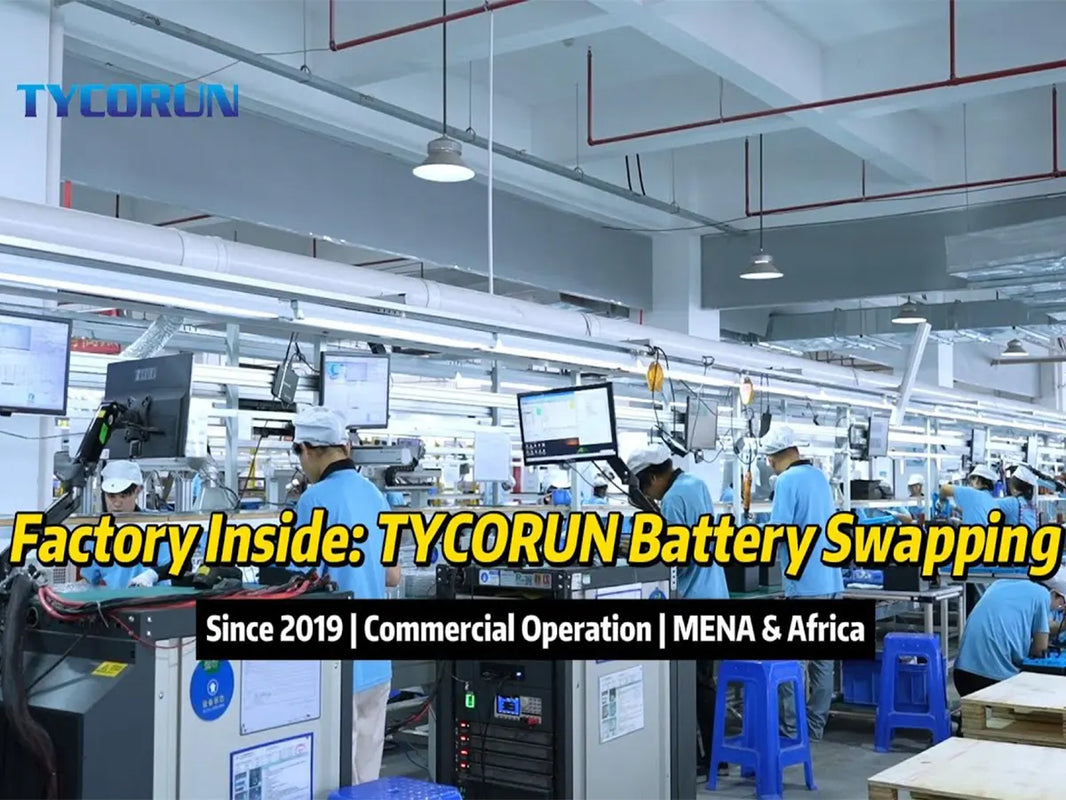
Main content:
The excitement of the new energy vehicle industry is not limited to new cars, and system solutions related to power batteries have become a new hot spot. Farasis SPS (Super Pouch Solution) technology has been shortlisted for several industry awards. Then there is ONE PACK from SAIC Motor and Kirin Battery from CATL. It is worth noting that these technical solutions have some similar characteristics: they are no longer the traditional simple combination from cells to modules, they are more flexible systems. Therefore, it is also more valuable to compare SPS vs ONE PACK vs Kirin Battery side by side.
1. High energy density is the winner in cruising range
For consumers, the cruising range of new energy vehicles is crucial, and a longer cruising range requires a higher energy density provided by the battery system. There are usually two ways to improve the energy density of the battery system. One is to improve the chemical system performance of the battery cell by improving the material, and the other is to improve the integration of the module. The above SPS vs ONE PACK vs Kirin Battery technical solutions also reflect this, and achieve the surpassing of the industry benchmark Tesla.
|
Farasis SPS |
SAIC Motor ONE PACK |
CATL Kirin Battery |
Tesla 4680+CTC |
|
|
Cell Mass Energy Density (Maximum) |
330Wh/kg |
250Wh/kg |
Unpublished |
300Wh/kg |
|
System Mass Energy Density (Maximum) |
>250Wh/Kg |
195Wh/Kg |
255Wh/kg |
217Wh/kg |
|
Volume Packing Efficiency |
75% |
Unpublished |
72% |
63% |
In terms of cell chemical system, the SPS vs ONE PACK vs Kirin Battery technical solutions all reflect high compatibility, and can be applied to a variety of material systems ranging from high-nickel ternary to low-nickel lithium-rich manganese, lithium iron phosphate, and even sodium ions. This allows automakers to meet different cost and performance orientations in one package. Of course, Farasis, as a leader in pouch power battery companies in the industry, its unique semi-solid battery technology has an energy density of up to 330Wh/kg. The energy density of high-nickel ternary cells that CATL will put into production in 2023 can reach about 300Wh/kg.
SAIC Motor is not a professional lithium battery companiesin the world, and the energy density of high-nickel ternary batteries currently purchased in the market should be around 250Wh/Kg. In terms of module technology, the SPS vs ONE PACK vs Kirin Battery technical solutions all use CTP technology. Among them, the Farasis SPS solution adopts the integrated design of the liquid cooling plate and the chassis, and the semi-solid super pouch cells are directly integrated into the chassis system, which reduces the system components by 50% and breaks the traditional disadvantage of pouch batteries in system integration.

The biggest highlight of SAIC Motor's ONE PACK is the lay-up cell, as well as CTP, high voltage, ultra-thin substrate and other technologies, which have also achieved a great breakthrough in group efficiency. The CATL Kirin Battery also achieved a module integration that exceeded expectations by eliminating the original independent designs of the transverse beams, water-cooling panels, and heat insulation pads, and integrating them into a multi-functional elastic interlayer.
Through the two-pronged approach, the SPS vs ONE PACK vs Kirin Battery technical solutions have achieved a great improvement in the energy density of the battery system. In particular, relying on the advantages of the cell chemistry system, both Farasis and CATL can achieve a cruising range of more than 1000KM for car manufacturers.
2. Adjustable height to adapt to a variety of platforms wins
If only the cruising range is improved, it is not enough to make us attach so much importance to the SPS vs ONE PACK vs Kirin Battery technologies. In fact, the new technology solution can support the adaptability of various platforms such as A-class to C-class, sedans, SUVs and MPVs, which is the biggest difference between them and previous technologies. It must be seen that the electrification process of mainstream car manufacturers is entering a new era of architectural vehicles. From the oil-to-electricity conversion in the past, to the platform car-building of the special tram platform, to the frame-constructed car that adapts to multiple levels and various models, this trend has also prompted changes in battery technology solutions.
Taking the Farasis SPS as an example, its horizontal layout and lamination technology can flexibly adjust the chassis height of the battery system, that is, the same chassis and one battery cell can be adapted to all passenger cars. Specifically, the thickness of the super pouch cell is only 14mm-20mm, and different cell thicknesses can be achieved through different stacking schemes. The change in the thickness of the cell allows the chassis height of the SPS to be flexibly adjusted between 85mm-145mm. Equipped with super pouch cells with different energy densities, the battery system can have different capacities from 80kWh to 150kWh, meeting the electrification needs from performance coupe to urban pickup.

SAIC Motor ONE PACK is also similar: the length and width of its battery pack are fixed - 1690mm*1300mm. There are three heights: 110mm, 125mm and 137mm respectively. Different thicknesses are suitable for different model positioning, and the problem of insufficient height of the passenger compartment caused by the excessively high chassis of existing new energy cars will be greatly alleviated. And Kirin Battery can't do that just yet.
Both SAIC and Volkswagen are emphasizing that the battery system provides multiple height specifications in a unified chassis for multiple platforms and multiple models. The concept of this construction car is being adopted by more and more car companies. Compared SPS vs ONE PACK vs Kirin Battery, the Farasis SPS technical solution is undoubtedly ahead of many battery companies, and it is more suitable for the generalization trend in the future.
3. Battery and auto manufacturers have their place in safety and thermal management
While new battery technology solutions improve energy density and generalization, achieving better thermal management and safety is still the unremitting pursuit of everyone. Among the SPS vs ONE PACK vs Kirin Battery three technical solutions, SPS and Kirin Battery show more differences in system structure from ONE PACK, which is also determined by the different understandings and concerns of battery factories and automobile factories on safety.
In the Farasis SPS solution, the composite use of the liquid cooling plate and the heat conducting sheet provides the super pouch cell with high-efficiency heat exchange with double-sided liquid cooling and three-sided heat transfer. The heat dissipation efficiency of the battery system is increased by 4 times, and with the precise temperature control AI-BMS, the cycle life of the battery system exceeds 3,000 times. Different from CATL m3p battery, through the new multi-functional elastic interlayer and the redesign of the water cooling system placed on the side instead of the top, Kirin Battery has expanded the heat exchange area by 4 times and shortened the temperature control time of the battery to half of the original.
It can be seen that expanding the heat dissipation area and meeting the high-voltage charging of 3C or even 4C are the main demands of these two technical solutions. SAIC Motor ONE PACK, on the other hand, puts more emphasis on avoiding the "domino" effect of thermal runaway. The smaller contact area between the battery and the battery under the lying cell structure is combined with the design of a 7*24h remote monitoring system, an advanced cooling system, aerogel flame retardant materials, and an automatic pressure relief explosion-proof valve.

This also reflects the more systematic safety thinking of car companies, and the ultimate safety guarantee is achieved by not hitting, out of control, and not chained. In SPS vs ONE PACK vs Kirin Battery three technical solutions can well satisfy thermal management and safety, and can also pass various national standard safety tests such as acupuncture and extrusion. But it must be seen that semi-solid and solid-state batteries with little or no electrolyte will rewrite the safety of power batteries, and Farasis is the first company in China to launch semi-solid batteries.
4. Conclusion
Although data on paper allows comparison and discussion of the pros and cons of SPS vs ONE PACK vs Kirin Battery or various technical solutions, in modern manufacturing, cost is another topic that cannot be ignored or even more important. In mid-October this year, some car companies began to actively build their own battery production capacity, breaking the absolute dependence on battery factories.
But there is no doubt that the pursuit of better production costs is the inevitable way for the further development of new energy vehicles. Tesla has set a good example for the industry through cylindrical batteries, CTC and integrated die-casting technology. The large soft-pack gasket technology of Farasis SPS may be another cost-optimized solution, which needs to be verified by more car companies.
Related articles: Tesla 4680 battery vs CATL CTP battery, 4680 battery vs 18650, power battery companies in the world
















